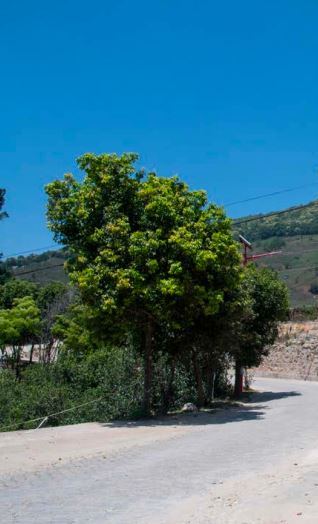

/ 2008-2014
National Standards Established, Mountain Heads Emerge, Rediscovery of the Large-Leaf Variety /
The deep and winding mountains and rivers, the original habitat where Tea forests coexist, and the multi-ethnic ecological communities living alongside ancient tea trees… with the rediscovery of the diverse and high-quality large-leaf tea resources of Pu'er tea and the publication of the national standards for geographical indication products, Pu'er tea has entered an era of “Mountain Heads Emerge, National Standards Established.”
The ancient mountain-head teas have gradually constructed a new ecosystem in the Pu'er tea industry, becoming a significant force driving its development. People's pursuit of healthy living and green food, as well as their longing for a good ecological environment and the charm of nature, have found answers here.
01
The Large-Leaf Variety in Yunnan's Green Oasis
From around 2008 to 2014, it was undoubtedly the era of sustained popularity for mountain-head teas. The underlying logic supporting the continuous market recognition of these teas was the rediscovery of the diverse and high-quality large-leaf tea resources of Pu'er tea.
In the “National Standard for Geographical Indication Product Pu'er Tea (GB/T22111-2008)” published by the state in 2008, the critical importance of large-leaf tea resources was fundamentally emphasized, stating that “Pu'er tea is made from sun-dried large-leaf tea from within the protected geographical indication area in Yunnan, processed using specific techniques within the protected geographical indication area, resulting in tea with unique quality characteristics.”
Yunnan, one of the most biologically diverse and concentrated regions globally, is a natural gene bank for China and the world, an oasis where all things coexist and flourish.
The precious large-leaf tea resources of Yunnan are nurtured in this green oasis. According to Zhang Hongda's plant classification system for the Camellia genus, nearly 80% of the total are found in Yunnan. Such a concentration of variation over an area of 380,000 square kilometers is unique worldwide.
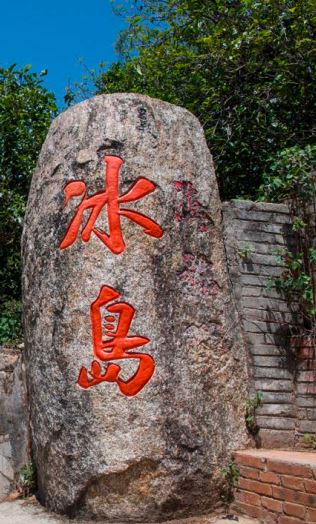

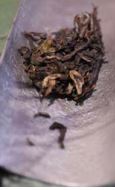

This also confirms that the place with the most tea species is the region with the greatest accumulation of genes, making Yunnan the undisputed “Tea Kingdom” of the world. Unlike other types of tea, the blend of sunshine and natural aroma brings a richly layered drinking experience to Pu'er tea. Coupled with the various advantages of the large-leaf variety, the tea produced is smooth and penetrating, with delicate and long-lasting flavors and a deep, heavy fragrance.
Compared to small and medium-leaf varieties, large-leaf tea contains higher levels of water-soluble substances, polyphenols, catechins, and other internal components. The overall cultivation quantity of large-leaf varieties is far less than that of small and medium-leaf varieties, giving them scarcity value.
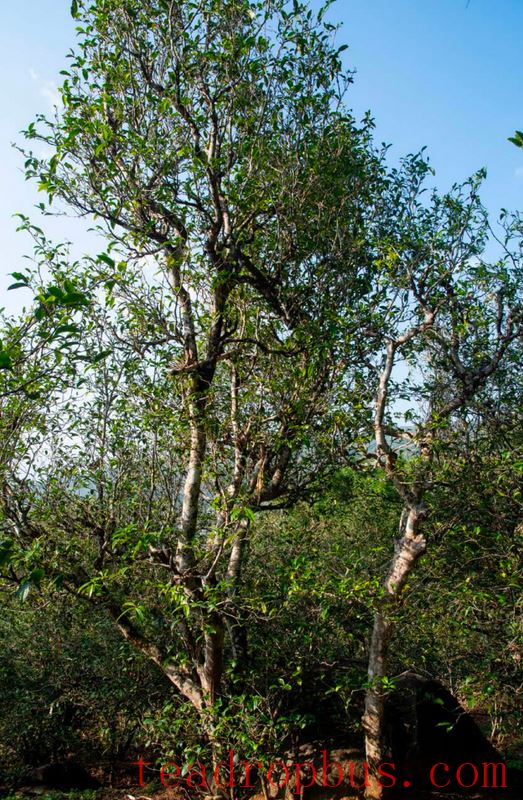
The myriad mountains and rivers of Yunnan interact with each other, carving out countless small areas suitable for the growth of large-leaf tea trees but each with distinct characteristics. Influenced by numerous natural factors such as soil, mountains, altitude, sunlight, rainfall, mist, and vegetation, every region's tea has a unique flavor profile. Combined with special processing techniques, Pu'er tea, which is already rich in character and with a lingering aftertaste, gains the charm of different flavors on different mountains, offering countless possibilities to drinkers. For example, in broad terms, the bitterness of Bulang Mountain, the sweet and slightly astringent taste of Nannuo Mountain, the clear Sweetness of Yiwu, the intense Orchid fragrance of Jingmai Mountain, and the sweet aroma of Bingdao…
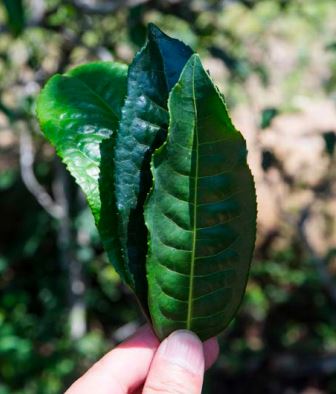
The southwestern Yunnan region, the primary production area of Pu'er tea, enjoys the bounty of nature, the pristine ecology of mountains and rivers, the tranquil places where tea forests coexist, and the multi-ethnic ecological communities that live alongside ancient tea trees. This makes traveling through tea mountains and enjoying Pu'er tea a peaceful, healthy, and wise way of life.
As consumers across the country became increasingly “addicted” to mountain-head teas, their curiosity about the origins of the tea in their hands could no longer be contained. After 2008, “tea mountain trips” began to grow in popularity, with many people regularly traveling between cities and their favored tea mountains, forging an unbreakable bond with Yunnan's tea for the rest of their lives.
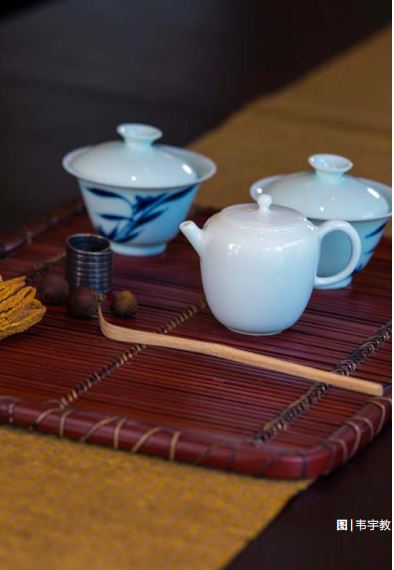
Even today, although the form of tea mountain trips continues to evolve, the enthusiasm remains undiminished. Every Spring Tea season, tea enthusiasts and merchants from all over the country come to Yunnan's tea mountains. Here, there is the heart of the tea forest, a place of forgetfulness amidst the plants and trees, and everything ultimately returns to the tea soup of Pu'er tea, with the rich internal components of the large-leaf variety telling countless stories.
Article published in Pu'er magazine
July 2025 issue
If there are any copyright issues, please contact us for removal.